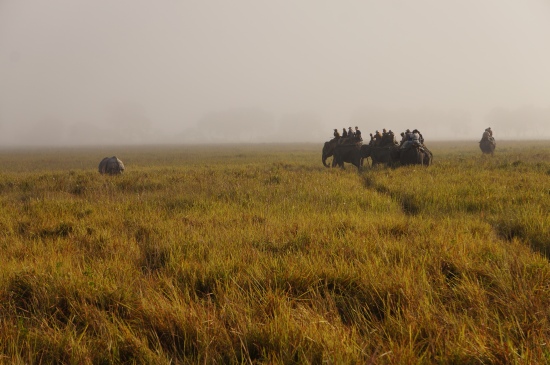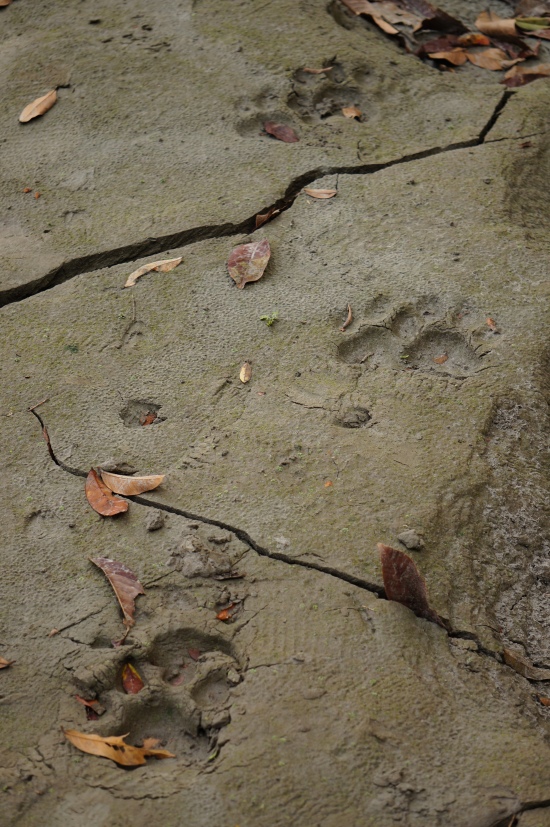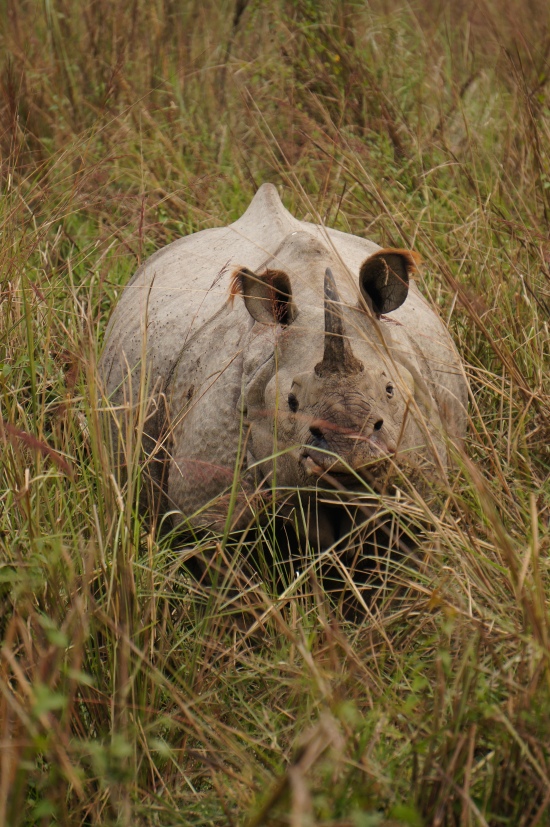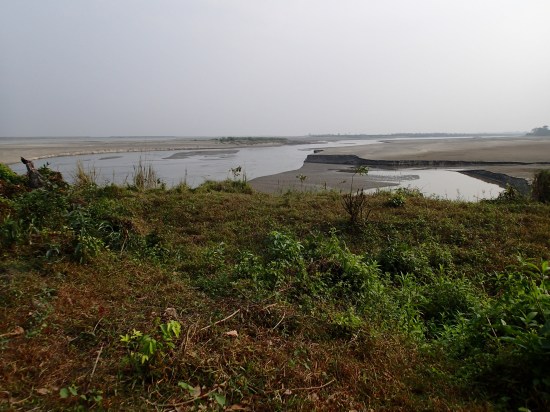We love wildlife, and therefore safari
We never predicted what an impact the August 2011 issue of Outside Magazine would have on us when we brought it in from our mailbox or even that the time-consuming process of cashing in airline miles for magazine subscriptions would be worth something so much more one day. You see, there was one article in that issue that opened up a series of emotions and wonderment in the both of us. As it turns out, one article is all it takes to change a couple of people.
Most of the time if you ask us about the problems of the world, we will tell you that people are the problem…over population, greed, disrespect for the earth and other living creatures, etc. Population encroachment on natural land is something we see everywhere we travel, and it is never any less disappointing. So, when we travel we try to always visit and support national parks and conservation efforts, and directly link the money we pour into a destination with our values. It’s often not easy and sometimes really not cheap, however, worth every penny.
“Number One With a Bullet” is the article I am referencing. I highly recommend reading it. It is thought provoking, to say the least.
So, a little over a year after reading this article we decided it was necessary to go to Assam, the northeast state of India running along the Bramahputra River. Specifically, we needed to visit Kaziranga National Park, with one of the most successful animal conservation efforts in history. (well, successful and probably also controversial) What an amazing accomplishment, especially for India, a land of overpopulation to the extreme. Assam is special though. It is the less traveled, bio-cultural hotspot of India. The India we hoped for. We stayed with Diphlu River Lodge and loved every bit of it. The staff, safaris, oh the food-yummmm! They care, too. When they saw how much we loved and appreciated nature and the animals’ livelihoods they were so happy. They showed us the real Kaziranga, and we got to know the people who love the land and animals.

Here are the park guides getting ready to saddle up their elephants for an early morning safari on elephant back. Here, some elephants are domestic and some are wild. We hope that by asking about the care of the elephants and showing we value the elephants- the result will be better lives for them at the hands of their owners.

Here is a visual of the one horned rhino relaxing in a grass marsh while we travel up to it on the back of an elephant. The grass plains of Kaziranga are easiest to travel on elephant back because the “elephant” grass is so tall and thick to travel through for humans.

A park ranger must accompany each vehicle entering the park. Each ranger has a very old gun, assuming it is from the days of British Colonialism. Yes, they are very much that old and rusty looking. Only once was our ranger ready to fire into the air because a rhino was getting too close to us. It works as a warning for the rhinos to retreat from the scene.

We didn’t see any Bengal tigers. Kaziranga has the highest population of them in all of India, however they are very elusive only coming out at night usually. Most safari guides will tell you they *almost saw one this one time. Our guide had seen many of them at this one particular spot where he would sit for hours…something we weren’t capable of doing. But tracks! We saw tracks by the river.

The rhino was the last of the big five I had yet to see in the wild. There are five types of rhinos. Our next mission may be to see all five types. This particular rhino is very archaic looking with what looks like shielding plates around its body.

One of our safaris was over at the west end of Kaziranga on a trail that was only recently opened up by the park service. In fact, the Diphlu manager and staff had never been in this direction before. We jumped at their offer to head that way, and had fun experiencing our safari with the manager and chef of Diphlu. The gibbons, however, didn’t like our company too much. They definitely gang peed on us as we drove through the park. Gibbon pee went in my eye. Yep. We were a mess, a histerically laughing mess.

To the staff at Diphlu, if we ever have the opportunity to return to Assam, we will definitely see you again and bring as many other travelers with us as we can. We really cherish our memories with you in Kaziranga.
“Number One With a Bullet” and Kaziranga’s success has us wondering if we approve or disapprove of the antipoaching policies adopted there. If we ever go through with our magazine article club (a version of a book club), I would pick this article to discuss…


